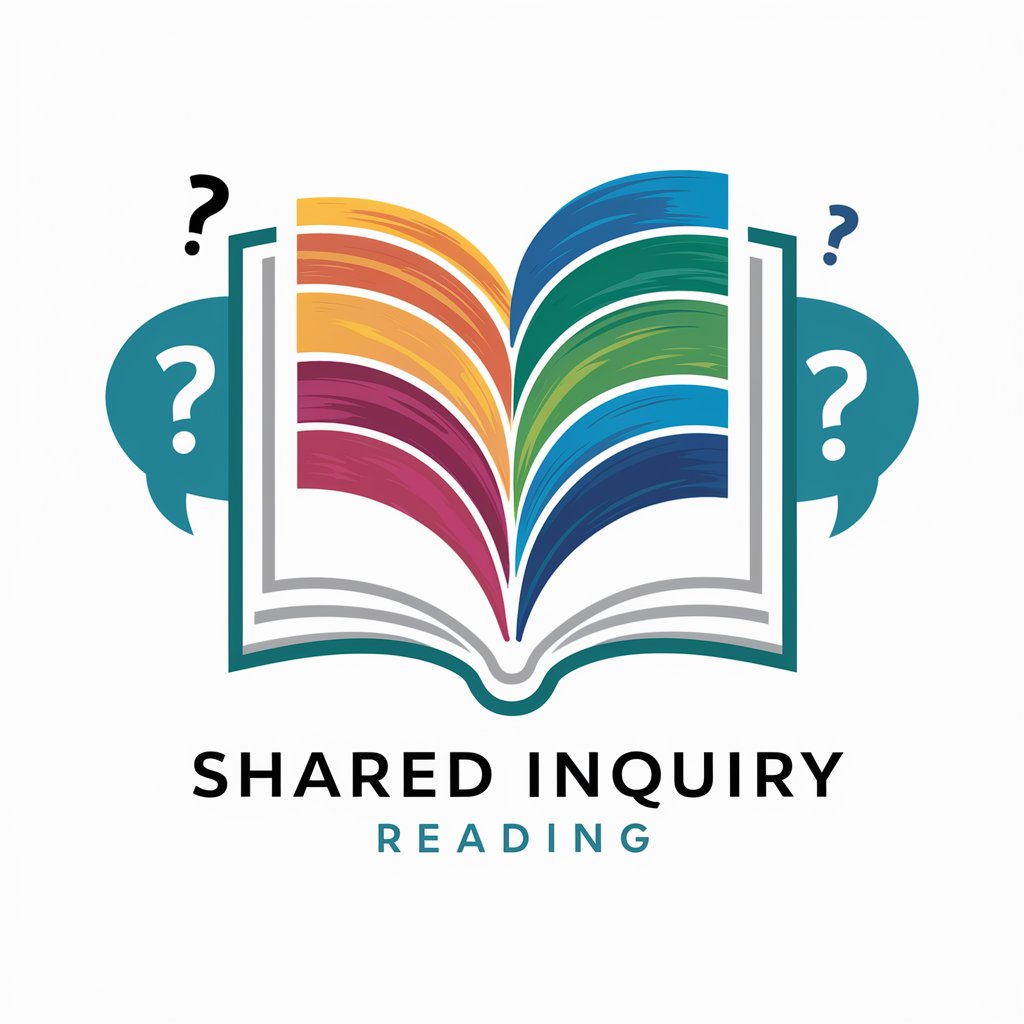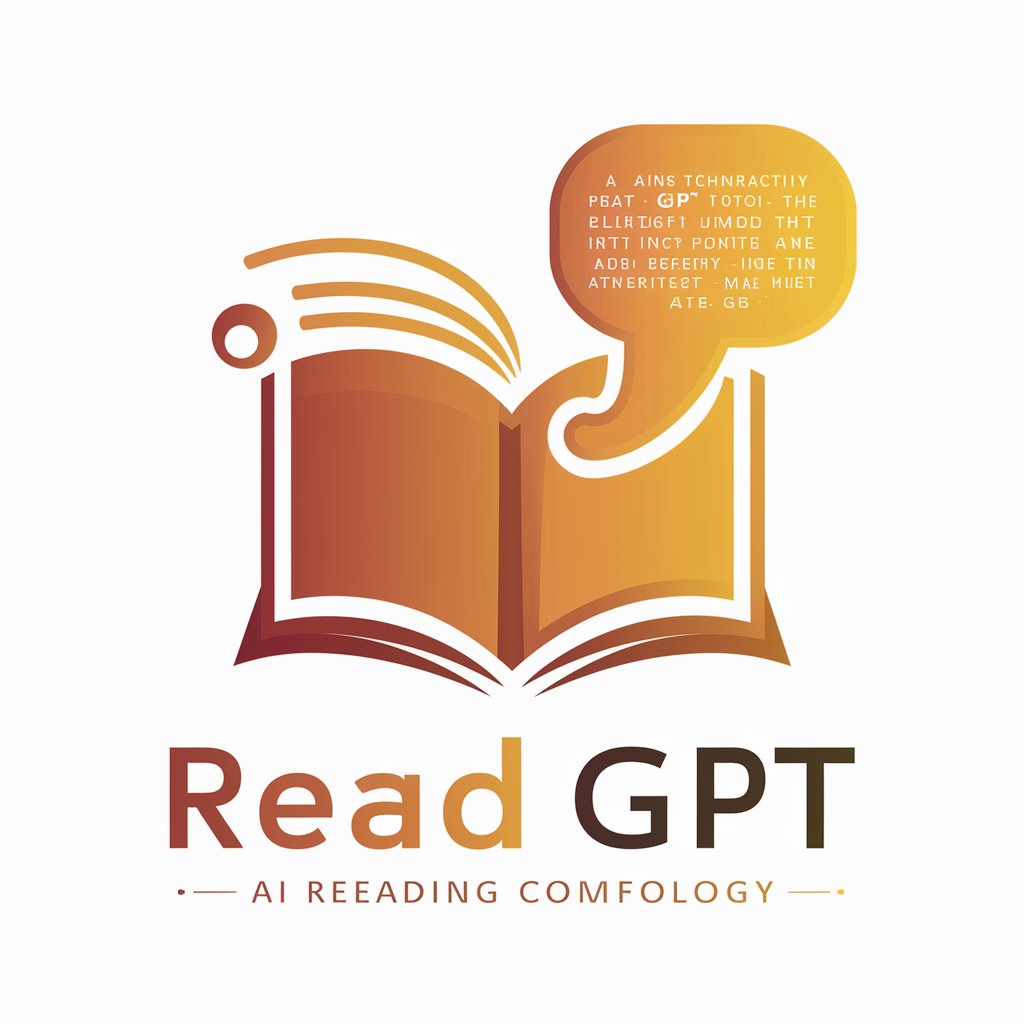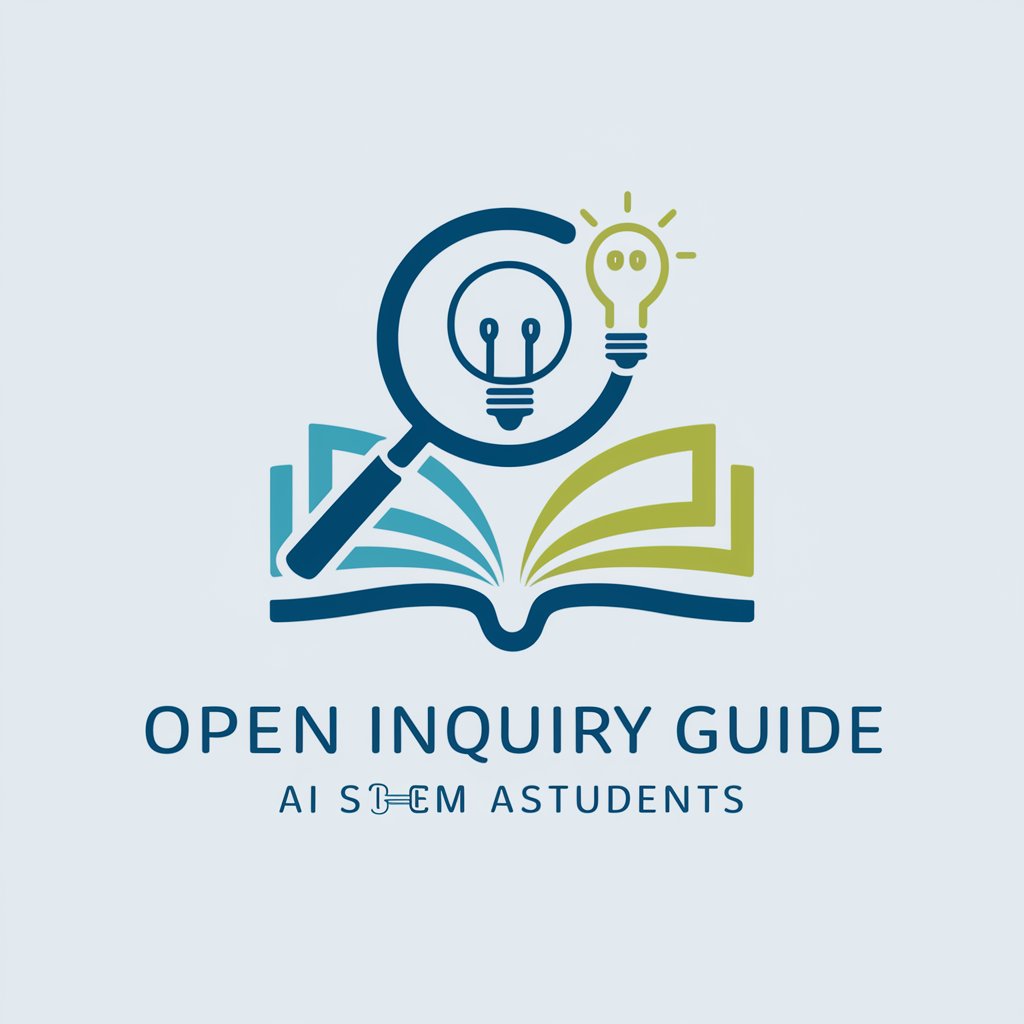
Shared Inquiry Reading - Engaging Textual Discussions

Welcome to Shared Inquiry Reading!
Fostering Deeper Understanding Through AI-Powered Inquiry
What are the main themes presented in the text and how do they interconnect?
How does the author use language to develop the characters or convey ideas?
In what ways do the historical and cultural contexts influence the narrative?
What are the different interpretations of this passage, and which do you find most compelling?
Get Embed Code
Introduction to Shared Inquiry Reading
Shared Inquiry Reading is rooted in the Great Books Foundation's tradition, aiming to deepen understanding and stimulate thought-provoking discussions around significant works of literature. This method, established by educators Robert Maynard Hutchins and Mortimer Adler, is designed for participants to actively engage with texts, articulate questions, and explore multiple interpretations through group discussions led by skilled questioning. The approach emphasizes the collective search for meaning, with participants supporting their views with evidence from the text, fostering a dynamic and inclusive learning environment. An example scenario could involve a group delving into complex themes within a classic novel, each member bringing unique perspectives to the discussion, guided by a leader who facilitates exploration through open-ended questions. Powered by ChatGPT-4o。

Main Functions of Shared Inquiry Reading
Facilitating Interpretative Discussions
Example
A discussion on the moral dilemmas in 'To Kill a Mockingbird', where participants debate characters' decisions using text-based evidence.
Scenario
In a book club meeting, members explore various interpretations of Atticus Finch's actions, guided by a leader who poses probing questions to deepen the conversation.
Encouraging Active Reading and Question Formulation
Example
Before discussing Plato's 'Republic', participants note questions and confusions about the text's arguments on justice.
Scenario
During preparation, members highlight passages and jot down interpretive questions, which serve as the basis for a rich discussion in the next meeting.
Promoting Critical Listening and Direct Response
Example
In a discussion on 'Frankenstein', members directly respond to each other's interpretations of the creature's humanity.
Scenario
A facilitator encourages participants to engage directly with one another's points, fostering a lively debate that challenges and refines their understanding of the text.
Ideal Users of Shared Inquiry Reading Services
Educational Institutions
Schools and universities can integrate Shared Inquiry into their curricula to enhance critical thinking and discussion skills among students, making literature and philosophy courses more interactive and engaging.
Book Clubs and Reading Groups
These groups benefit from a structured discussion format that promotes deeper engagement with texts and enriches the reading experience through diverse perspectives.
Professional Development Workshops
Organizations can use Shared Inquiry to foster team-building and improve communication skills, applying literary discussions to enhance analytical thinking and empathy in professional settings.

How to Use Shared Inquiry Reading
Start Your Journey
Begin by exploring yeschat.ai for a no-login, free trial experience, making it easy to dive into the world of Shared Inquiry without any commitments.
Prepare Thoroughly
Read the selected material at least twice, making notes and questions that arise during your reading to fuel the discussion.
Engage with Questions
Use open-ended, interpretive questions as your main tool to explore texts deeply, fostering a collaborative search for understanding among participants.
Support with Evidence
Always back up interpretations and viewpoints with specific evidence from the text, encouraging a text-focused discussion.
Listen and Respond
Actively listen to others' contributions and respond directly, ensuring a dynamic and inclusive dialogue.
Try other advanced and practical GPTs
Fun Echo
Bringing Joy with Every Reply!

Fun Fact
Discover, Learn, and Enjoy with AI

KronOlle
Navigating Enforcement with AI-Powered Legal Insights

Law Enforcer Ultra 👮⚡
Empowering Law Enforcement with AI

CK Smart
Empower your queries with AI precision.

Writer GPT
Empowering Your Words with AI

Inquiry Email Assistant
Tailor Your Inquiries with AI

Le Traducteur Visuel
AI-powered precision in English to French translation.

French Translator
AI-powered Precision in French Translation

Translator
Precision Translation, Powered by AI

Translation: Chinese to French
Effortless Chinese to French Translation

Frances Espanol Bot
Seamless AI-powered language translation.

Frequently Asked Questions about Shared Inquiry Reading
What is Shared Inquiry Reading?
Shared Inquiry is a discussion method focused on exploring and understanding complex texts through open-ended questions and collaborative dialogue.
How do I prepare for a Shared Inquiry session?
Prepare by reading the selected text at least twice, noting down your thoughts, questions, and passages that stand out, to discuss during the session.
What makes a good interpretive question?
A good interpretive question is open-ended, has more than one plausible answer based on the text, and encourages deep exploration and varied interpretations.
How do I participate effectively in Shared Inquiry?
Participate effectively by actively listening, responding to others, using evidence from the text to support your points, and remaining open to different interpretations.
Can Shared Inquiry be applied to non-literary texts?
Yes, while developed for literary discussions, the Shared Inquiry method can be applied to various types of texts, including non-fiction and visual media, as long as they provoke thoughtful questions.





